Understanding The Art of Guilloché Dials and Examples of Guilloché Patterns
One of the most revered decorative techniques, but not all "guilloche" dials are born equals.
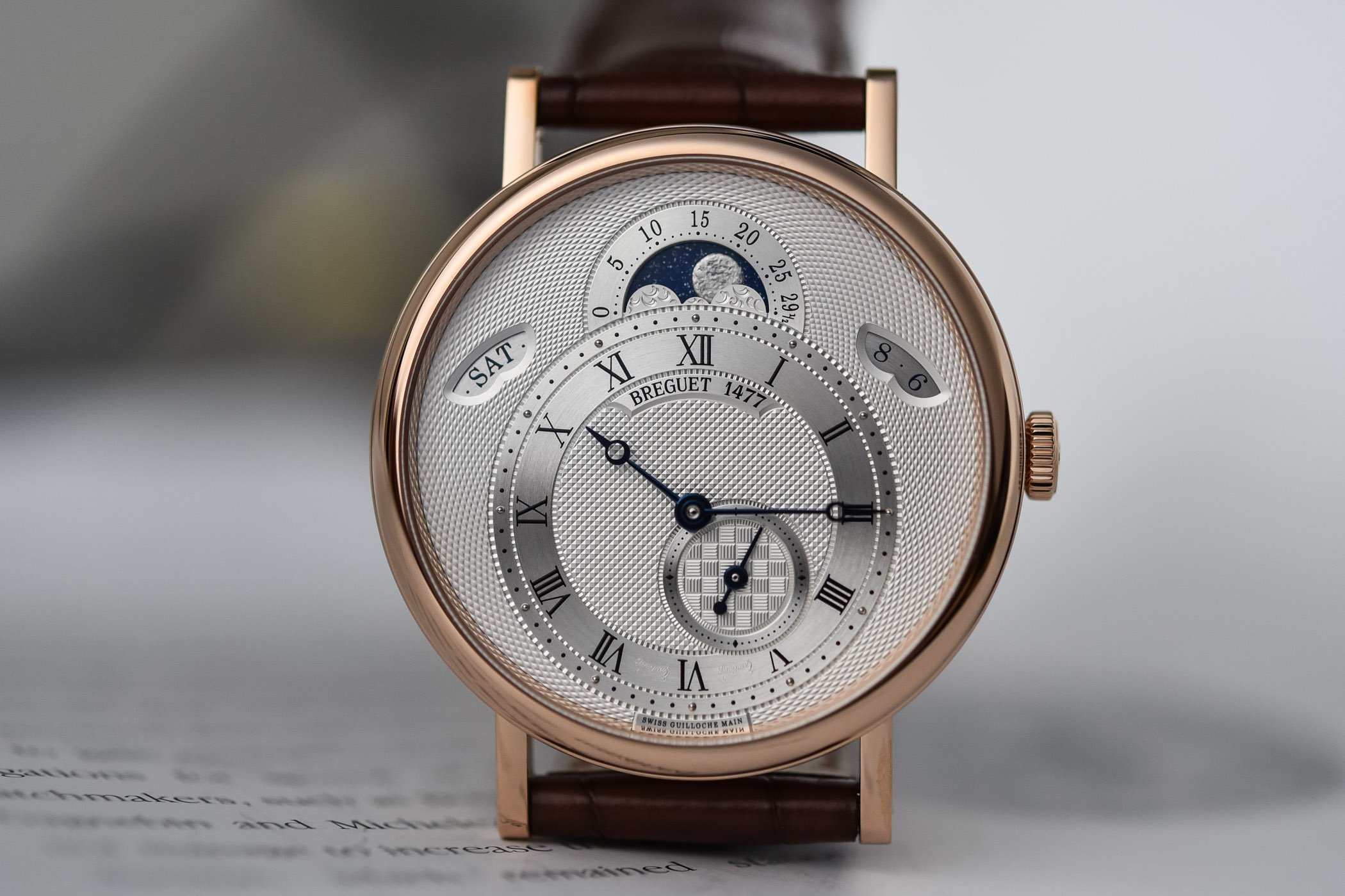
Known under the French name Guillochage, engine turning consists of adorning wood or metal with intertwined lines. It is an engraving technique that originated over five centuries ago. Initially, it was applied to soft materials such as wood and ivory before being adapted to metals, particularly for the craft of goldsmiths and silversmiths. Allegedly first applied in watchmaking in the 1680s by Pierre Duhamel in Geneva on a case, guillochage was made famous on dials by Abraham-Louis Breguet, who introduced it as early as 1786. The intricate geometric patterns engraved on watch dials not only enhance their appearance but also improve readability. Guilloché dials add depth and texture to the surface of the dials. This depth creates visual contrast as light plays off the engraved patterns, enhancing the overall aesthetics of the watch. The different patterns can be used to delineate different subdials or to highlight specific indicators. Today, guilloché has become an integral aspect of watchmaking tradition, with the majority of traditional guilloché work being done on watches, watch dials and other watch components like oscillating weights.
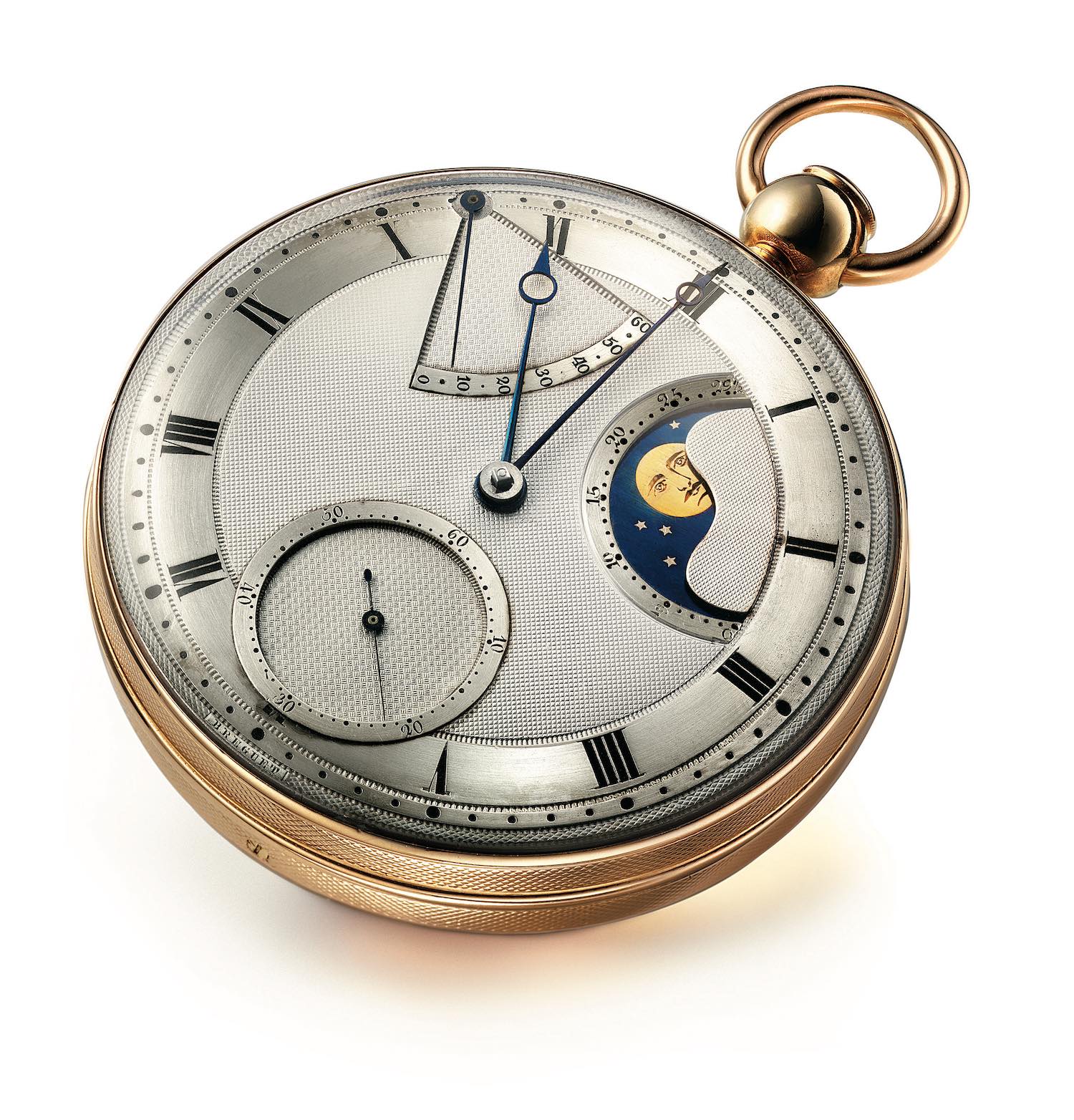
The traditional technique known as engine-turning or guilloché main is practised by a select group of artisans, likely fewer than 100 craftsmen in Switzerland. Contrary to its name, the engraving is not done manually. Instead, lines are meticulously etched into the dial using a hand-operated machine such as a rose engine or a straight-line machine, either in circular patterns or straight lines, replicating motifs and patterns that are guided by rosettes or bars. As Yann Von Kaenel from Décor Guilloché SA (an atelier specialising in guillochage based in the Neuchatel area) explained to us, “It’s not the machine that does the work, but the hand of the person operating it.”
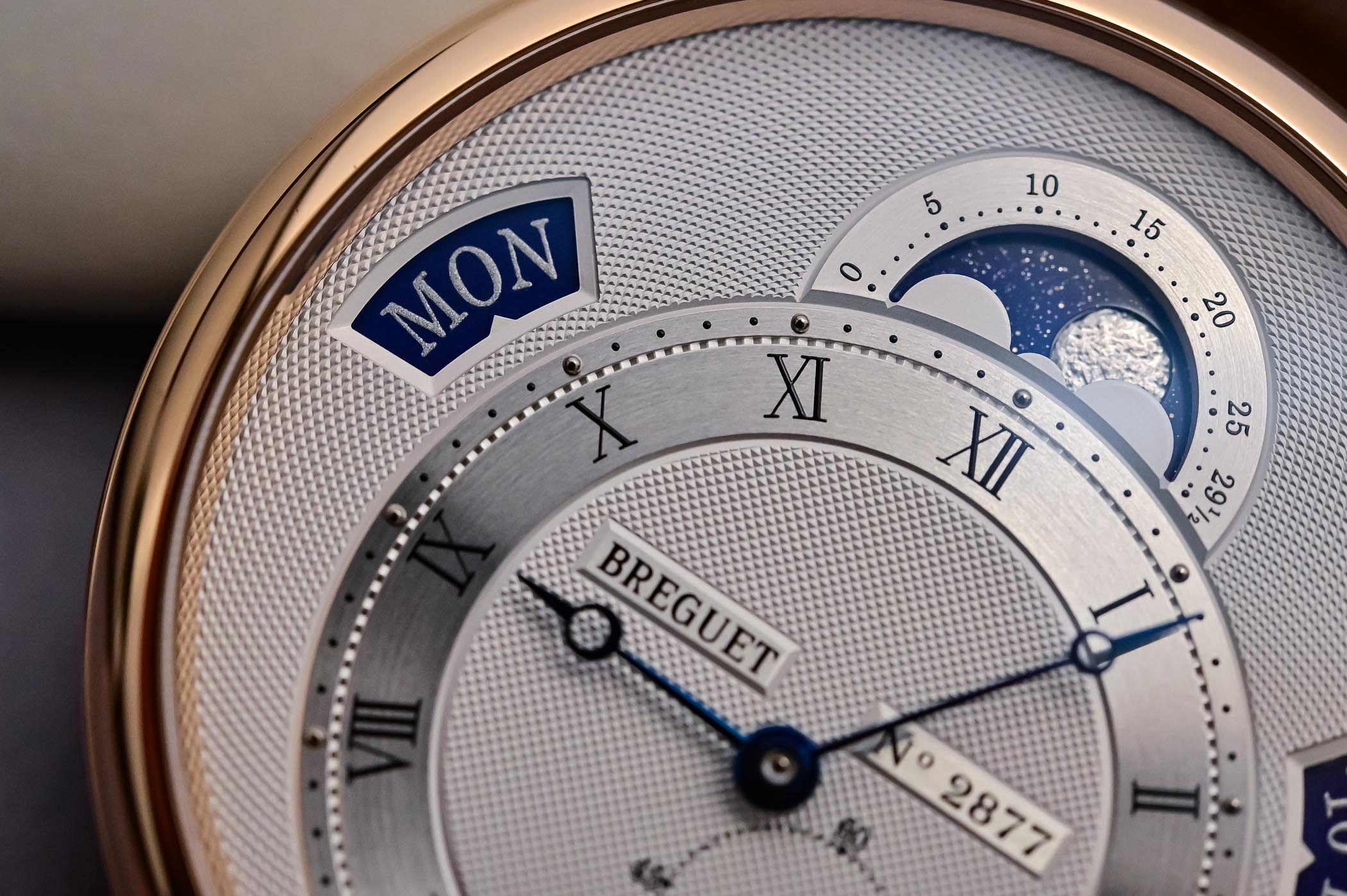
The cuts are meticulously repeated, combined, and sometimes intersected to create a plethora of geometric motifs. The versatility of guilloché allows for an endless array of patterns and designs, each with its own unique character: hobnail (clous de Paris) and pavé de Paris, sunburst, barleycorn or grain d’orge, waves and checkerboard, among others.
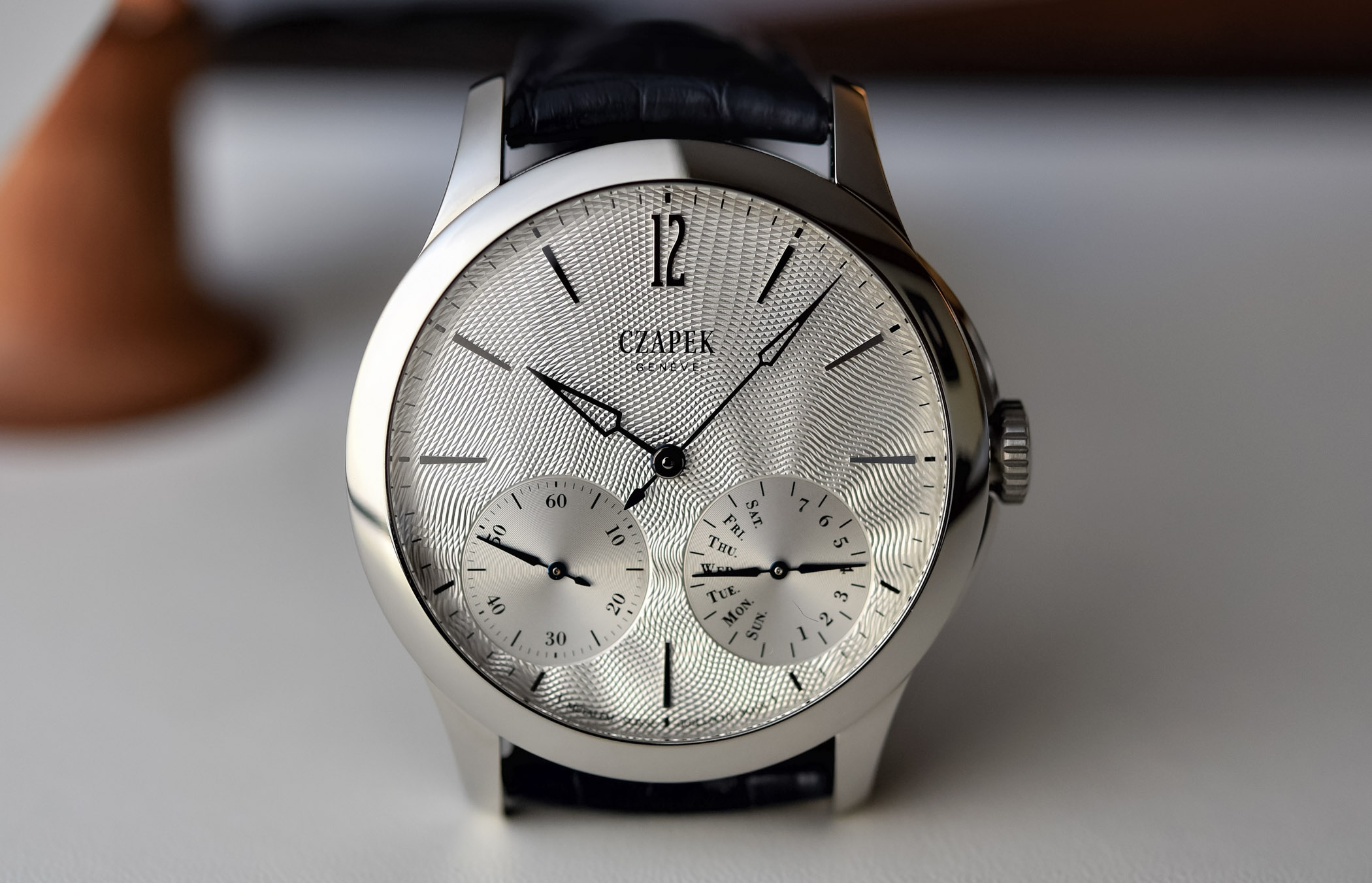
Where does the name guilloche comes from?
The etymology of the word guilloché is unclear – Some versions relate it to the name of the inventor of an engine turning machine, Guillot or Guilloche depending on the sources, although this is not clearly documented. Others to an old Italian word ghiocciare (derived from Goccia drop/bead) that could have had the meaning of adorning with intertwined lines in architecture and decorative arts.
Traditional HAND-GUILLOCHE
Hand-guilloché demands years of expertise, concentration, coordination, patience, and skilful hands. In this regard, it stands as an art form in its own right. A plate is affixed to the engine-turning machine, and variously shaped rotating wheels (rosettes) dictate the movement to generate diverse patterns. With one hand, the artisan rotates the workpiece using a crank, while guiding the cutting tool with the other. The precision of the piece’s positioning, the rotation speed, and the pressure applied to the tool for each line are crucial for achieving a uniform and consistent decoration. Guillochage is both time-intensive and unforgiving; hours of meticulous work can be compromised in an instant. The most intricate dials may necessitate a full day of labour, sometimes incorporating over 1,000 distinct cuts.
There are probably fewer than 100 craftsmen performing traditional guillochage in Switzerland. There are a few independent workshops or craftsmen like those of the Val de Ruz (Décors Guillochés SA or Metalem) or Kari Voutilainen (with his dial-making company Comblémine SA). A few brands have dedicated craftsmen and ateliers, such as Breguet (probably the largest guillochage workshops in Switzerland) and Patek Philippe, and a few others like Jaeger-Lecoultre, Louis Vuitton with La Fabrique des Arts or Chronoswiss. In the absence of formal schools dedicated to guillochage, the art is now transmitted from one craftsman to another. According to Yann Von Kaenel, it typically takes around five years to achieve full mastery of the craft.
We’ve covered the process of traditional hand-guilloche at Breguet in this article, and you can see a short example of how it is performed in the video above.
The Case of the petite tapisserie pattern
The iconic Petite Tapisserie pattern of the Audemars Piguet Royal Oak Jumbo dials is crafted using a unique technique and a specialized engraving machine known as a “guilloché copying machine.” The brand has assembled approximately 30 of these machines in dedicated workshops, derived from those created by Robert-Alfred Lienhard in La Chaux-de-Fonds in the late 19th century. Combining three traditional techniques – engraving, guilloché work, and pantograph – the tapisserie pattern is achieved through engraving with a mechanical lathe that replicates the pattern of a matrix by adjusting its size. In this context, the machine is not controlled by the hand of an artisan, however, the cutting tool performs the same work as a traditional rose engine. You can see the process in the video above.
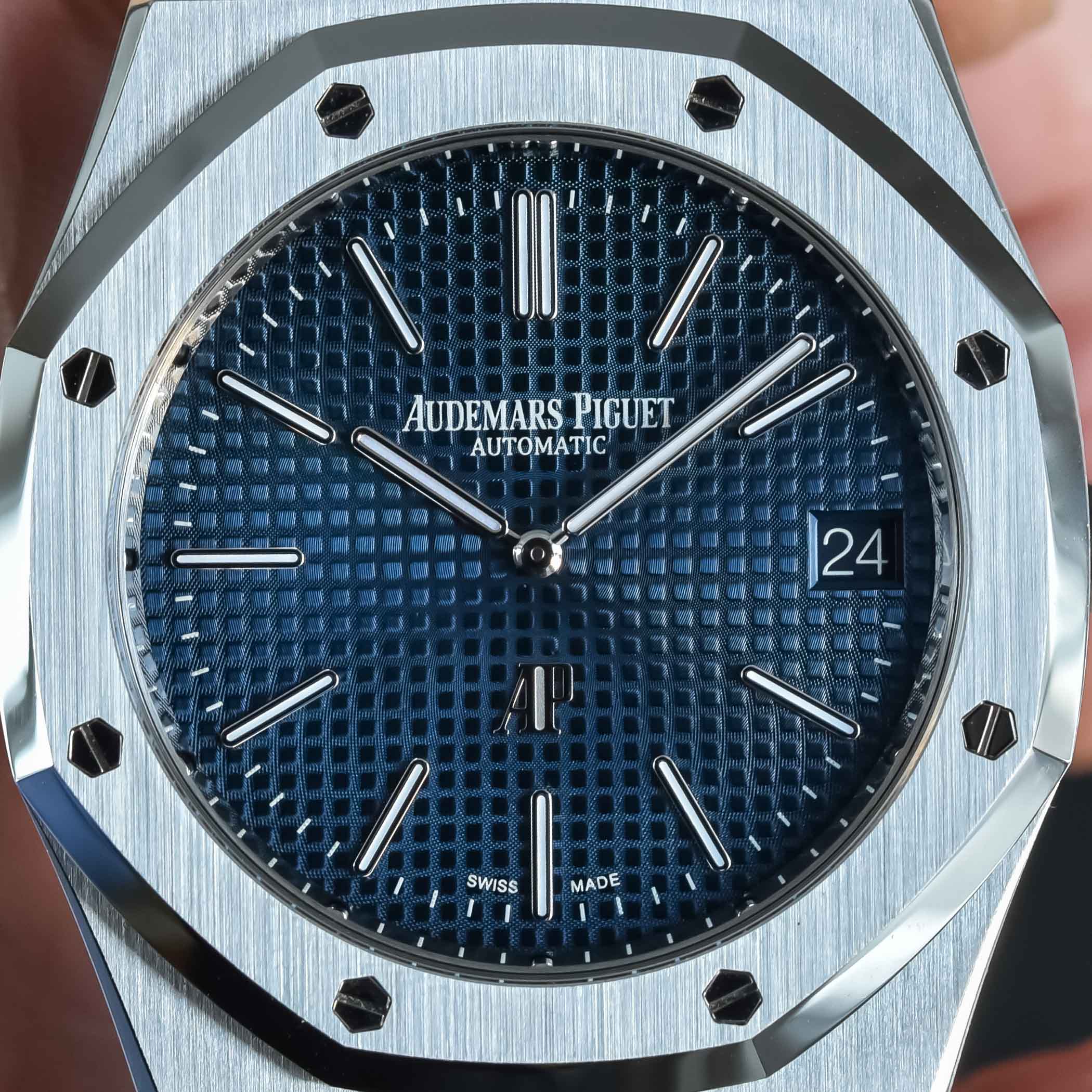
As explained by Audemars Piguet themselves, “the principle of an engraving machine is simple. Two round metal plates rotate at the same speed. On the first (the pattern, or model), the motifs to be reproduced (Tapisserie) are greatly enlarged. As the plate rotates, a finger (feeler) travels along the relief of the Tapisserie (…) Thanks to the pantograph system, on the second plate (the dial), a burin hollows out the material to various depths, mechanically reproducing the movements of the feeler, but at a smaller scale.” Looking closely at the dial, you’ll notice that the motif is executed in a circular motion, with noticeable little lozenges between the pyramidal squares (the burin marks) and concentric cutting lines visible on the surface of the squares.
INDUSTRIAL METHODS (CNC and Stamped)
Guillochage can also be executed through “industrial” methods, where the outcome achieved with a stamping tool or a CNC machine (both commonly employed for accessible luxury watches on a larger production scale) is quite satisfactory and consistent. CNC machines offer great precision and repeatability, allowing for the creation of complex patterns with unparalleled accuracy or performing 3D guilloche patterns, expanding the possibilities for creativity in the field.
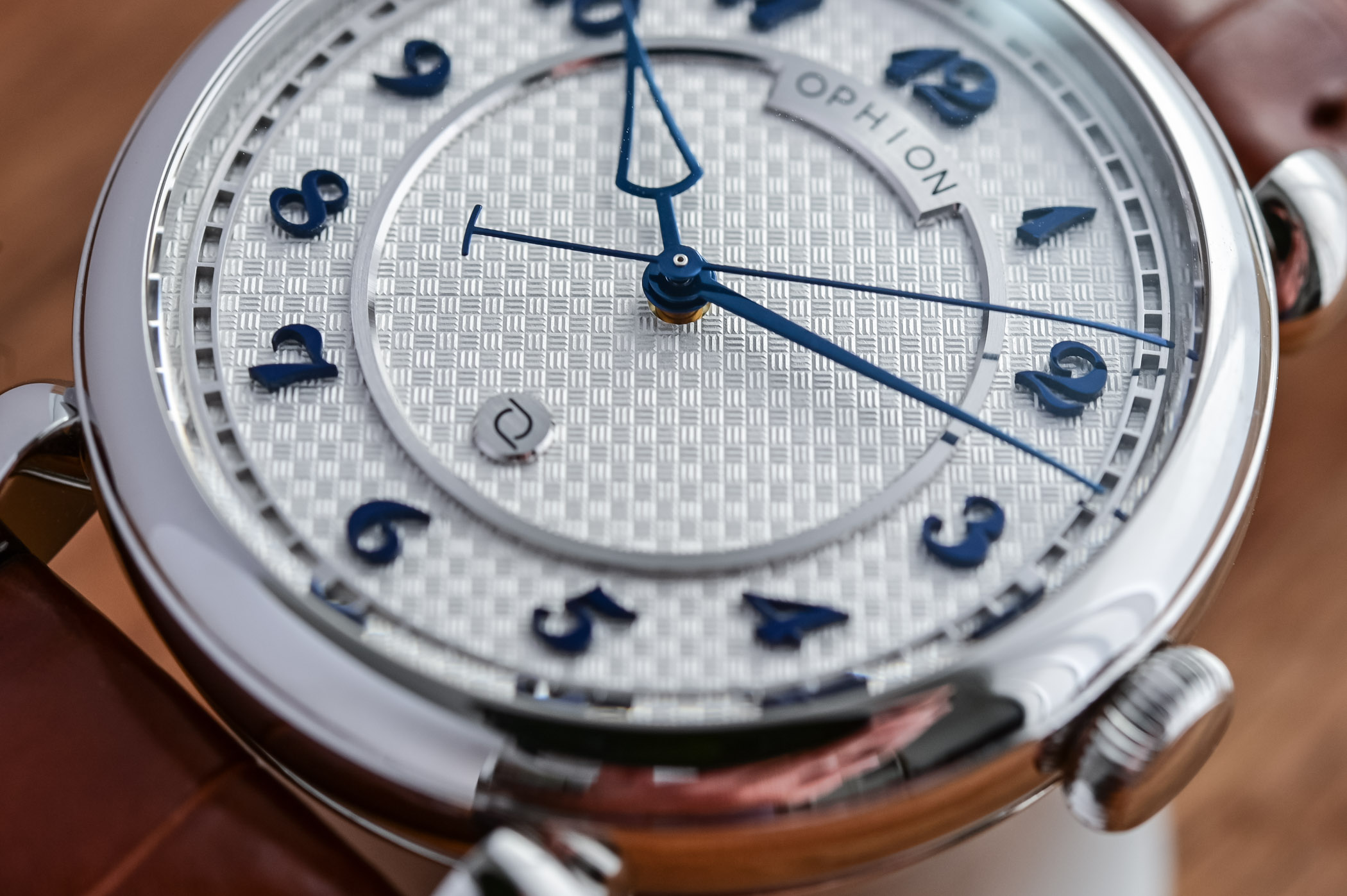
However, purists consider that the dials produced in this manner lack the distinctive lustre of hand-crafted guillochage. This disparity is even more pronounced with laser-engraving techniques. With hand-applied engine-turning, each dial takes on a unique character, with the slight imperfections serving as a hallmark of authenticity. This meticulous craftsmanship renders each watch an incomparable work of art, impossible to replicate. In short, if the dial is too perfect or too regular, it could well be that you’re looking at a CNC-done guilloche dial.

Finally, a cost-efficient way to obtain a guilloche-like pattern is thanks to a stamping process, where the brass base of the dial is pressed, involving material deformation through pressure. If the result is once again satisfactory, this process results in dials that tend to lack definition, sharpness and precision, with textures that appear less crisp, without the same depth or volume… it tends to lack that human touch with its appealing imperfections.
EXAMPLES OF GUILLOCHE PATTERNS
Countless guilloché patterns exist, and indeed, creativity knows no bounds in this field. Brands and craftsmen consistently introduce new designs, keeping the tradition fresh and vibrant. Here are a few examples of guilloche patterns, including some of the more classic ones.
Special thanks to Décors Guillochés SA for providing the following pictures ©Décors Guillochés SA

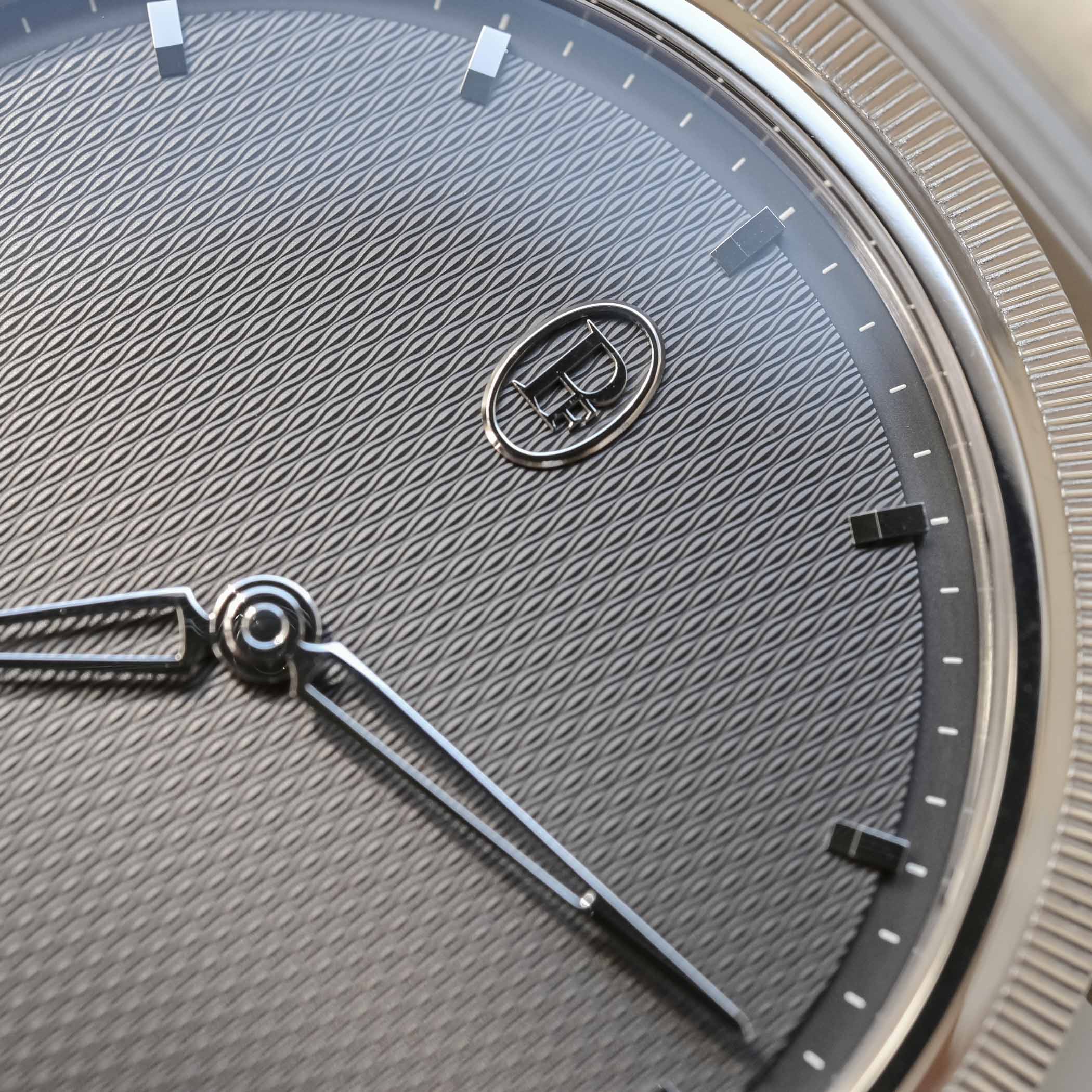
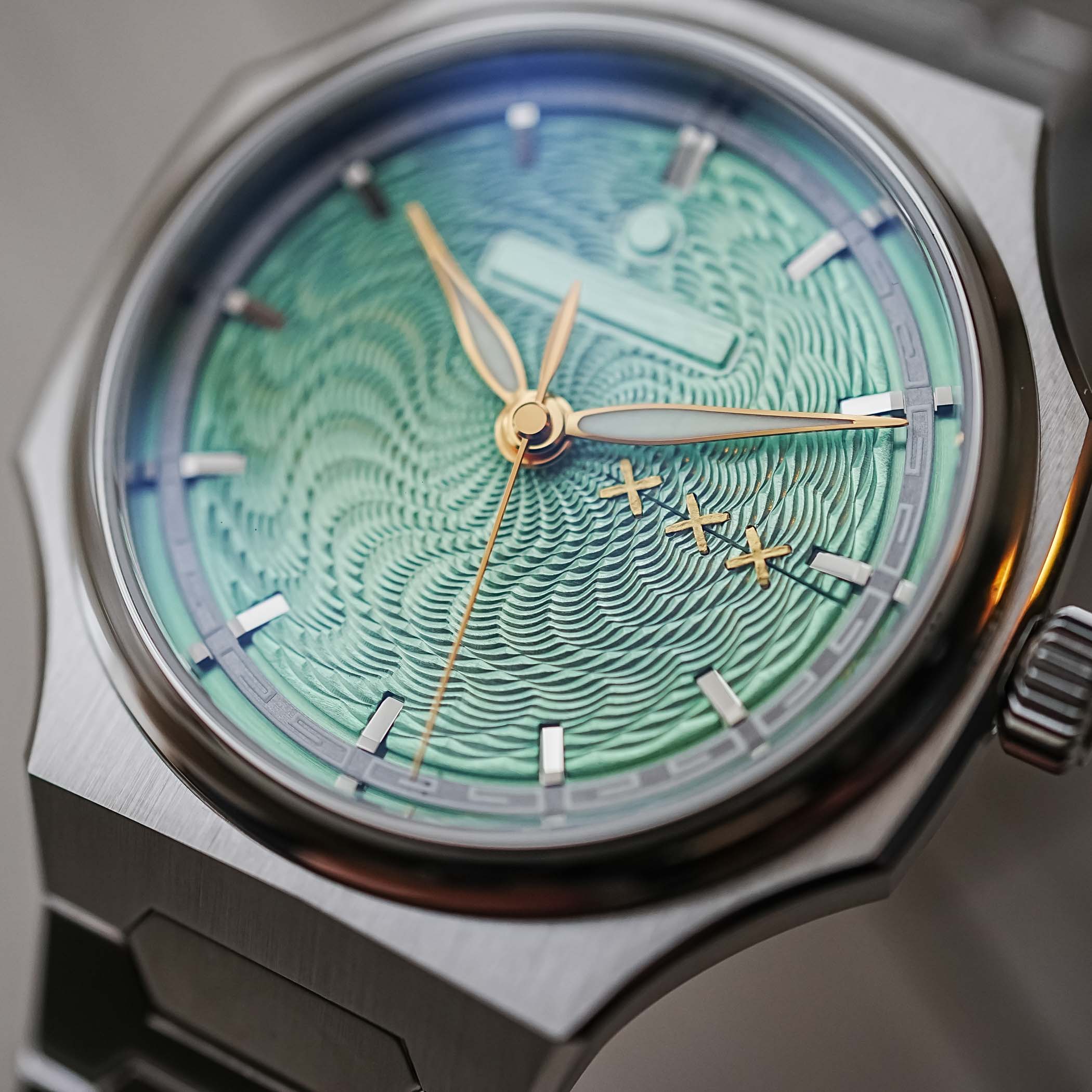
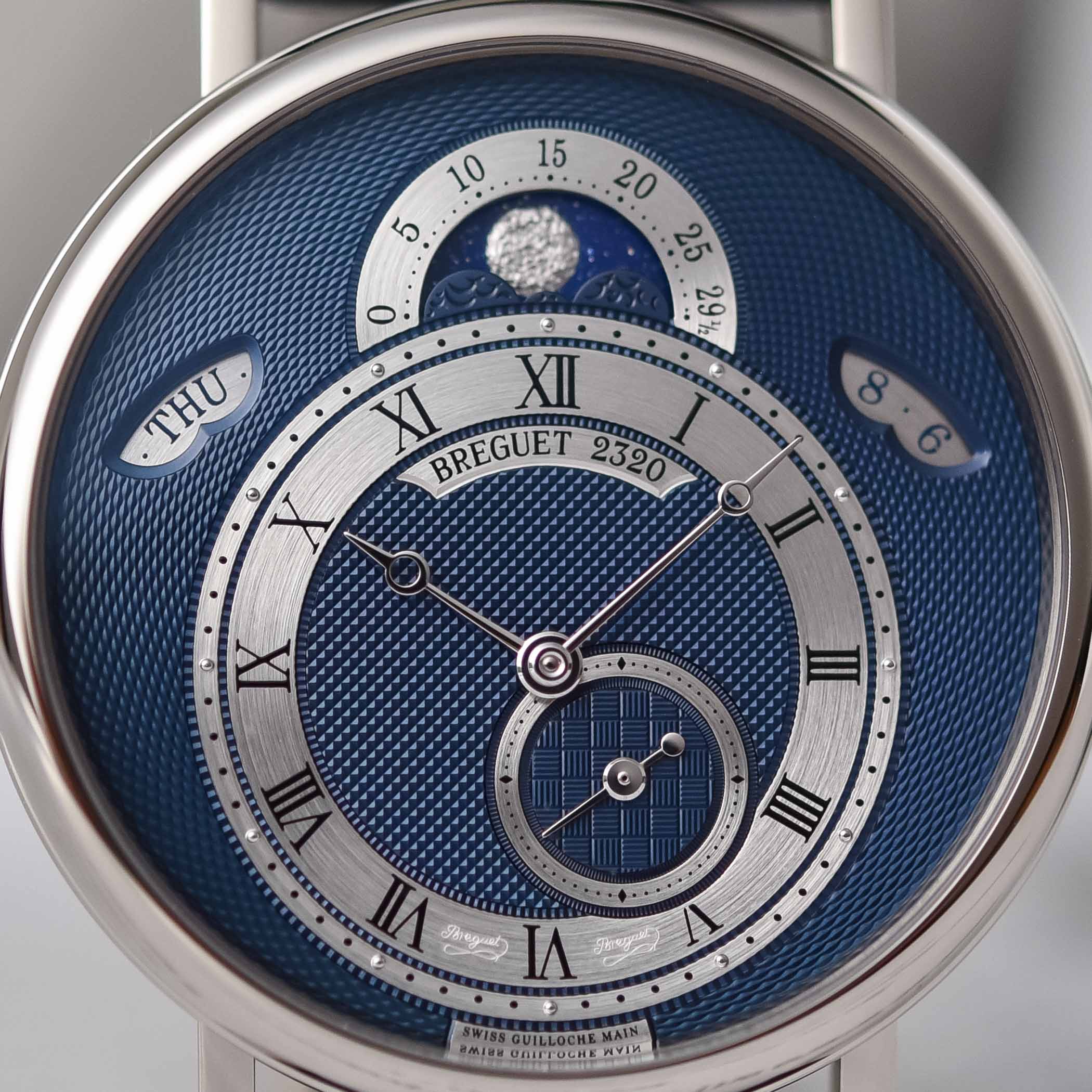
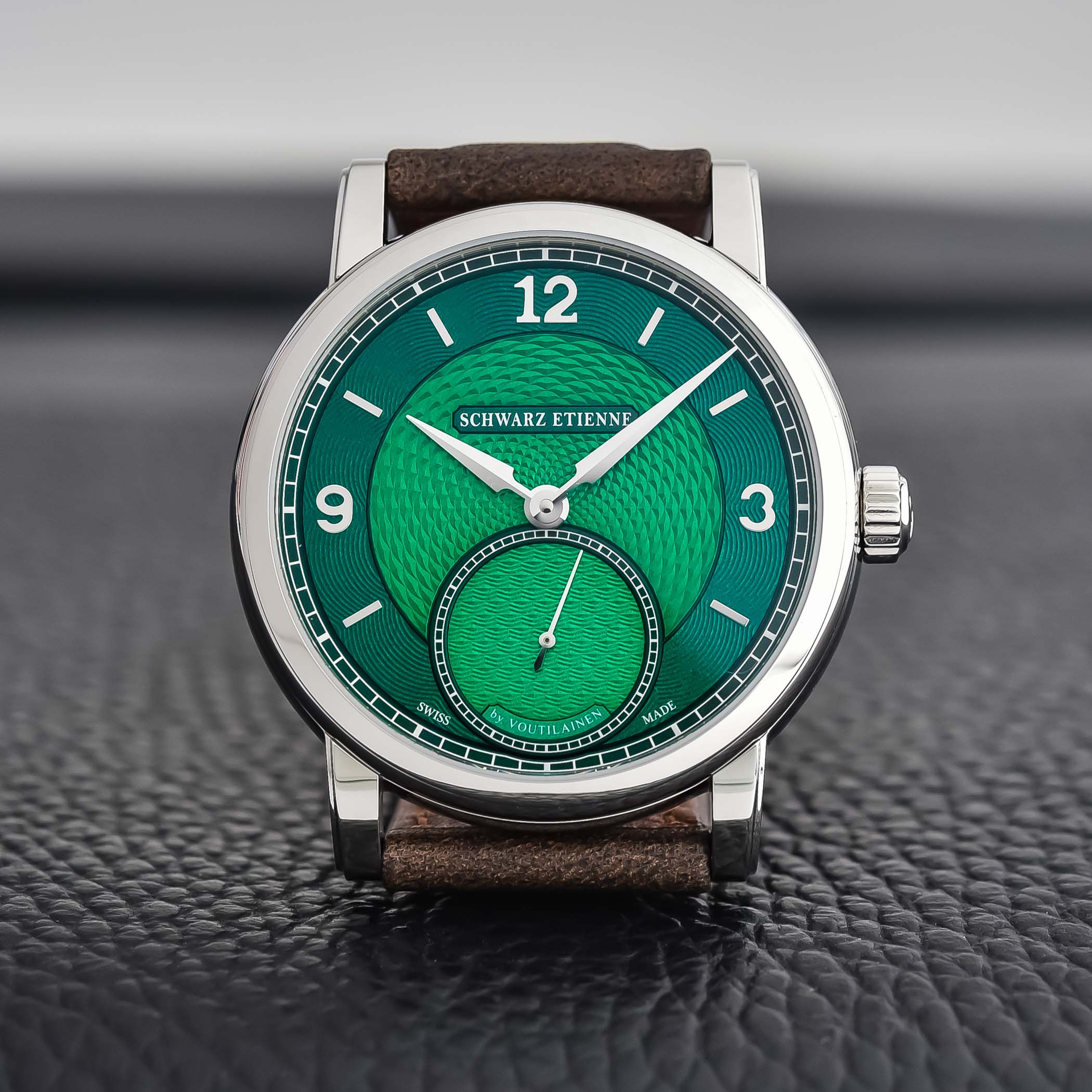
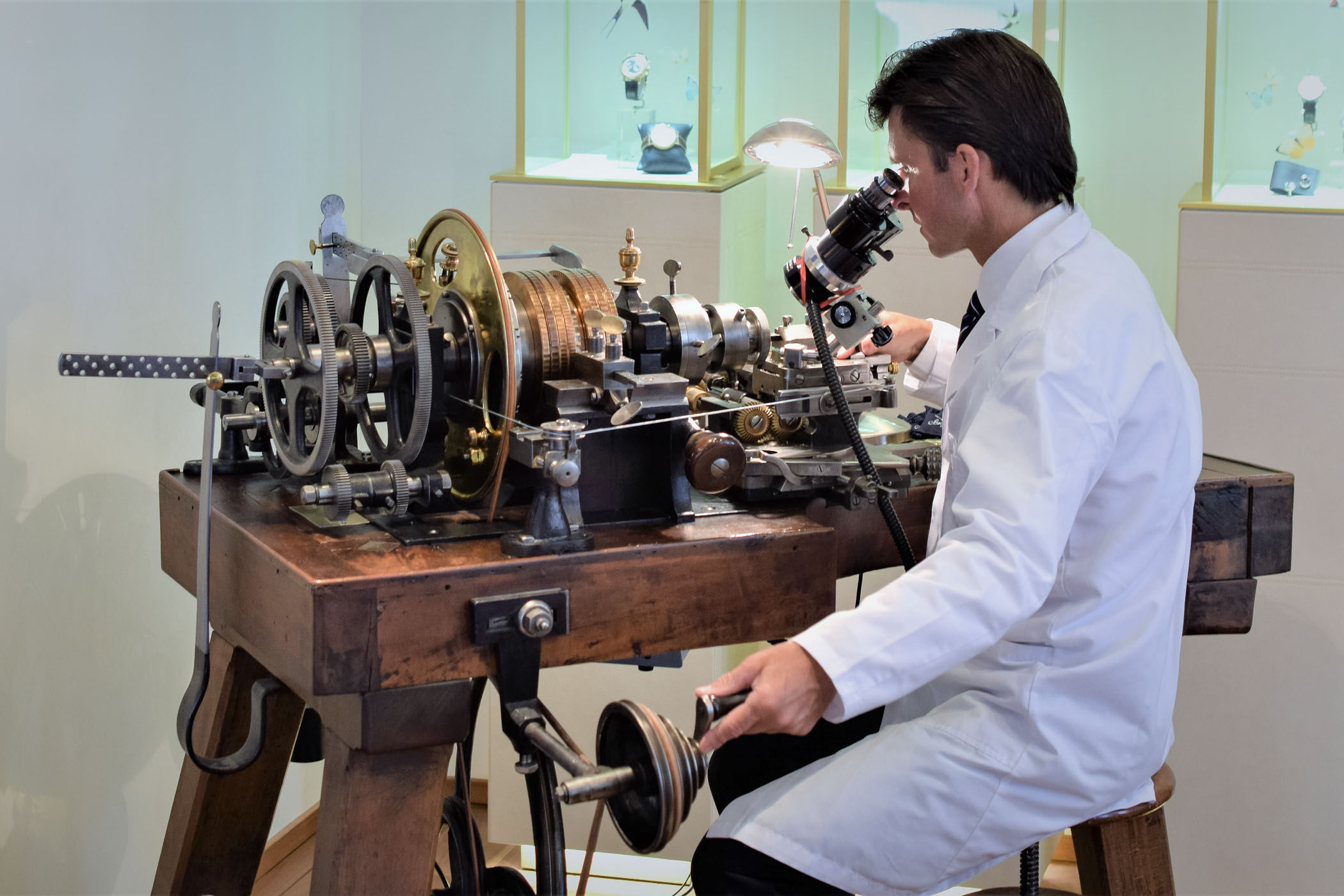
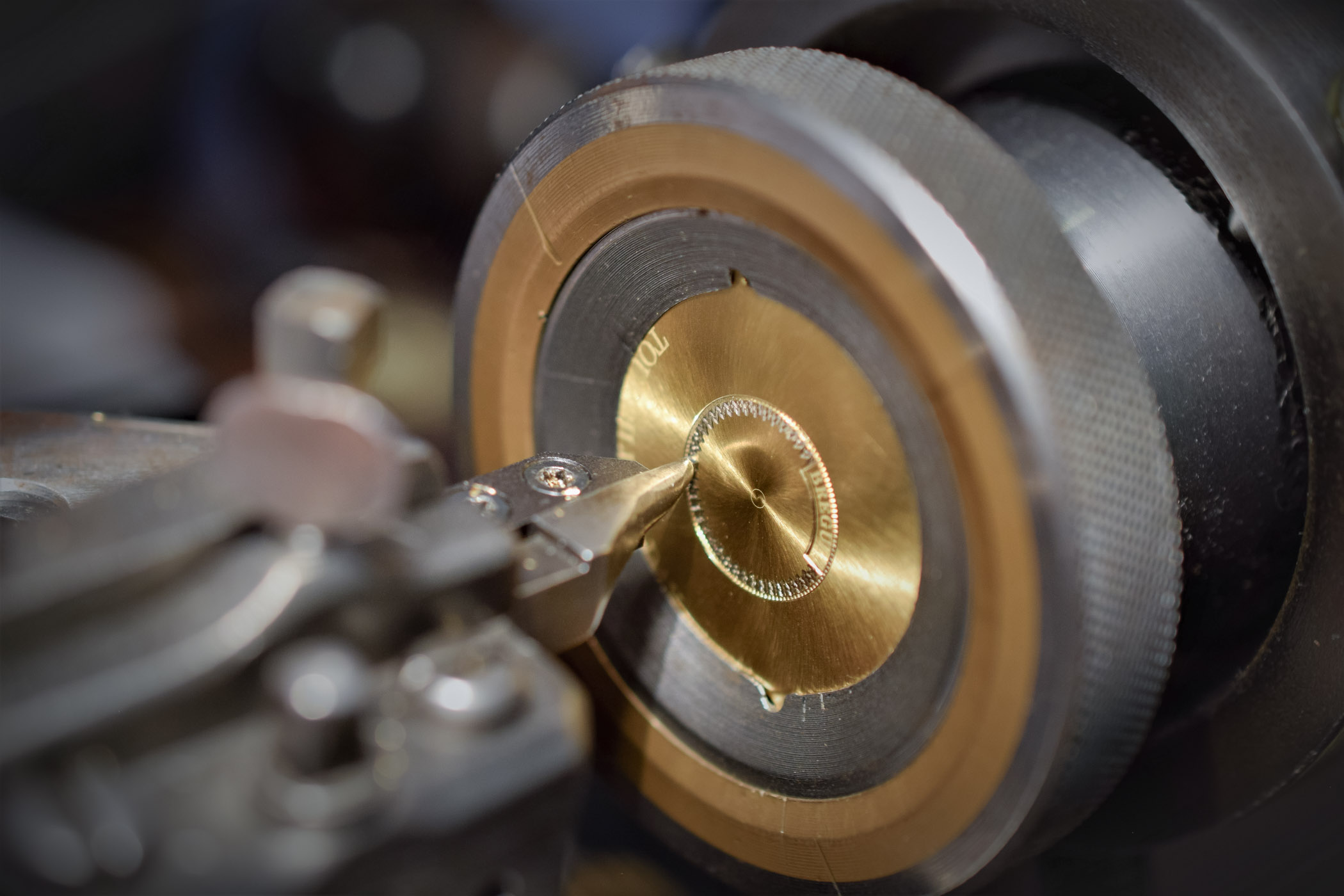
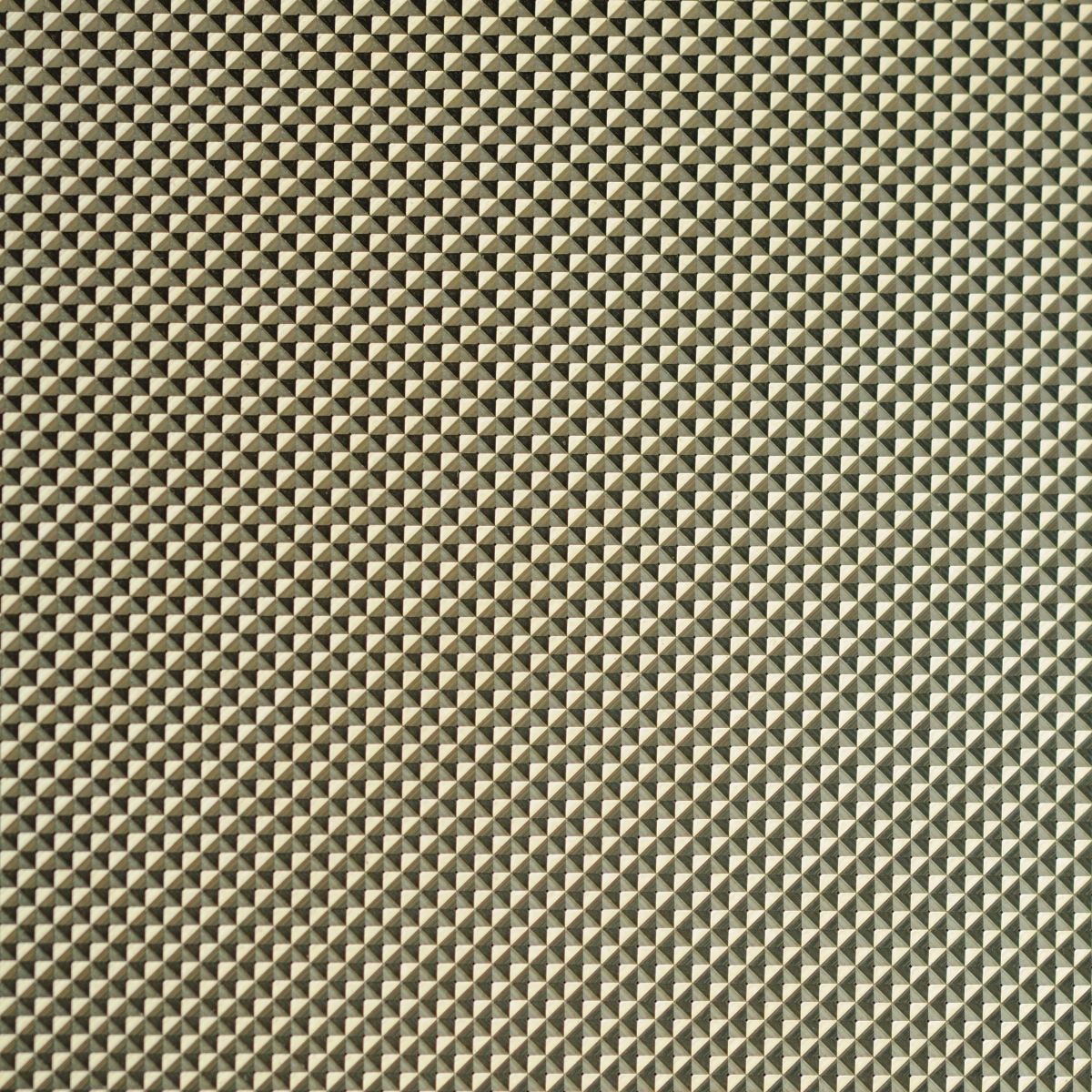
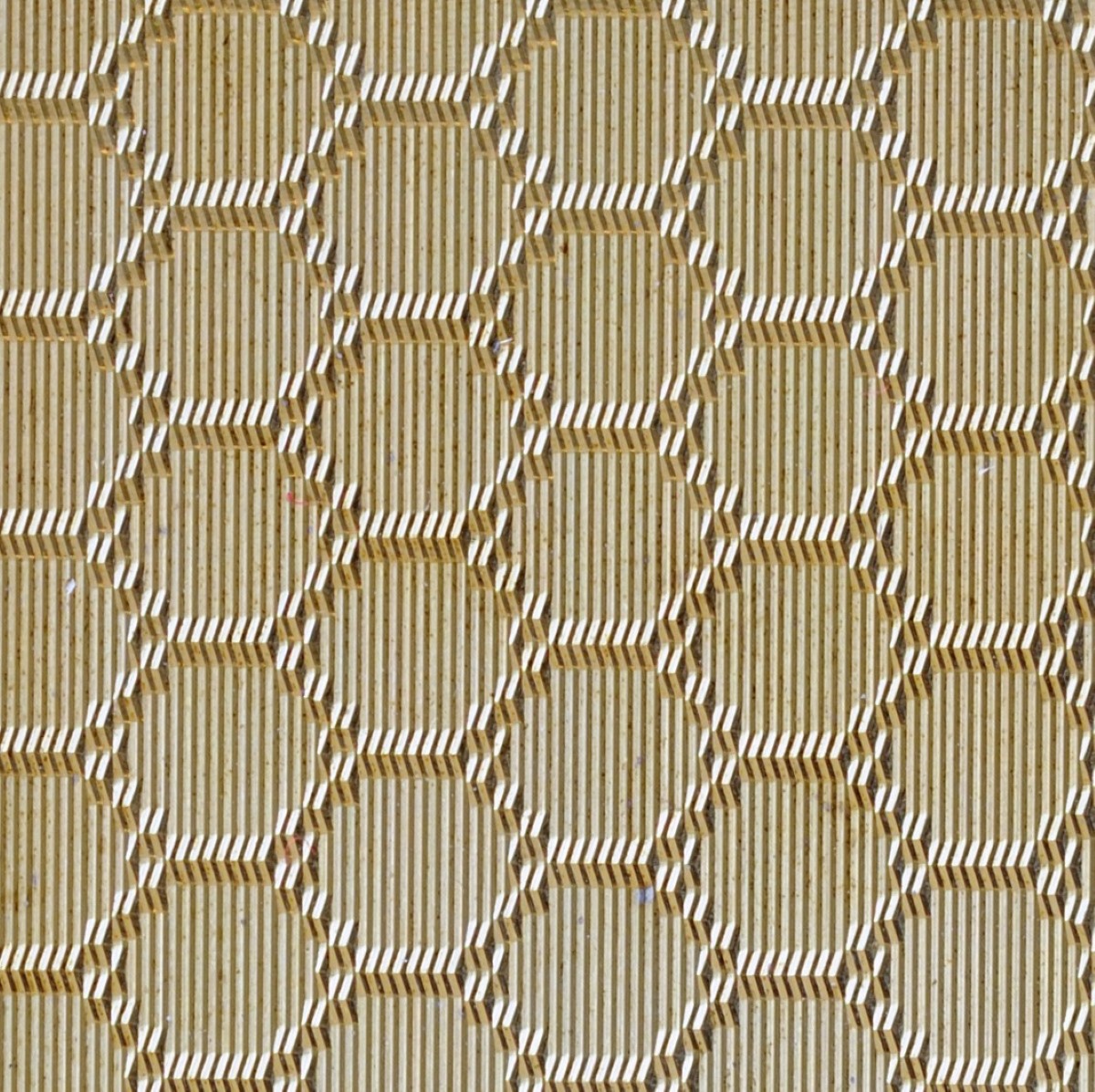





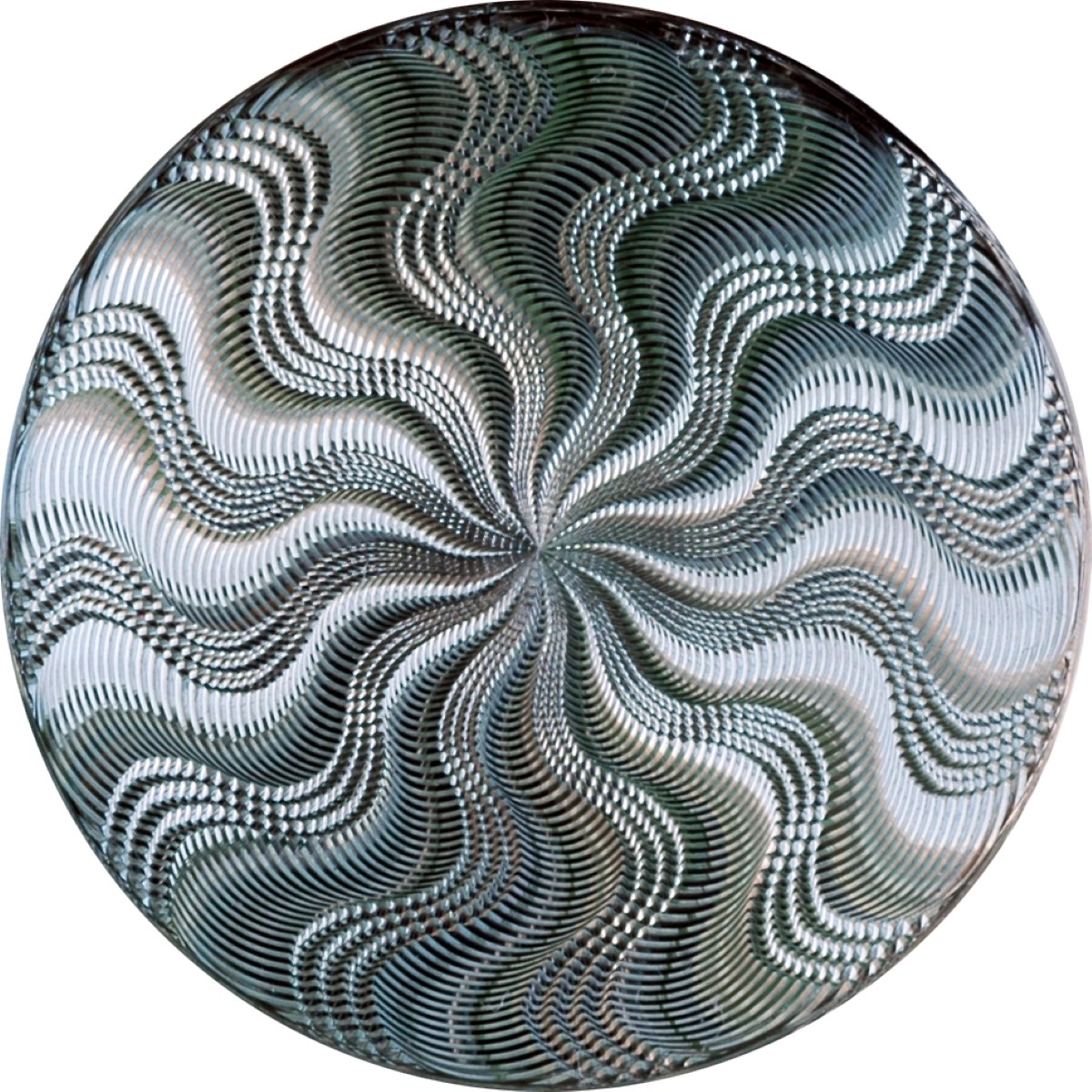


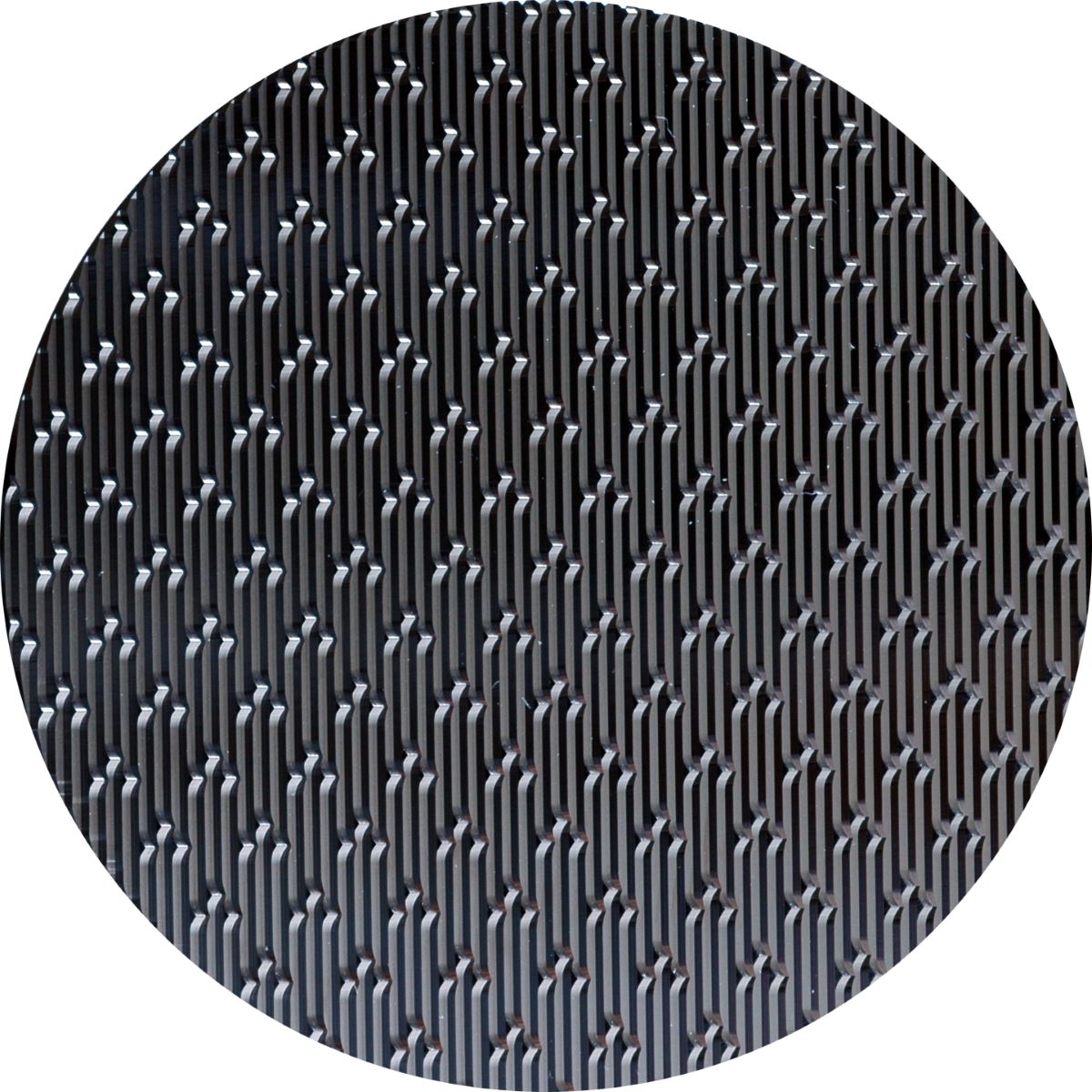

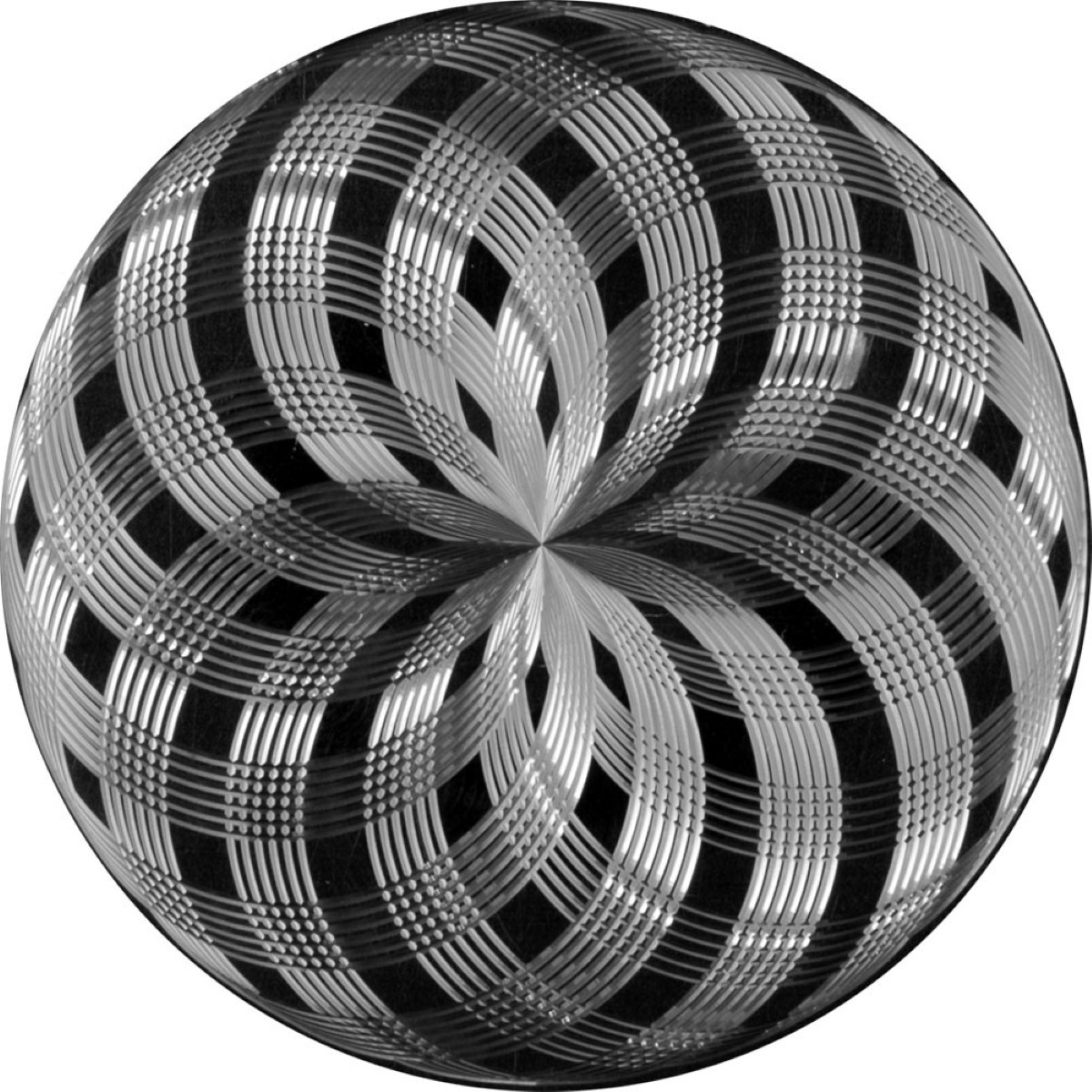








1 response
When reading “if the dial is too perfect or too regular, it could well be that you’re looking at a CNC-done guilloche dial,” I am thinking of the newly released ROLEX PERPETUAL 1908 PLATINUM’s dial. The official statement didn’t say specifically if it’s done by hand. Just wondering, and hope someone could shed light on the matter.